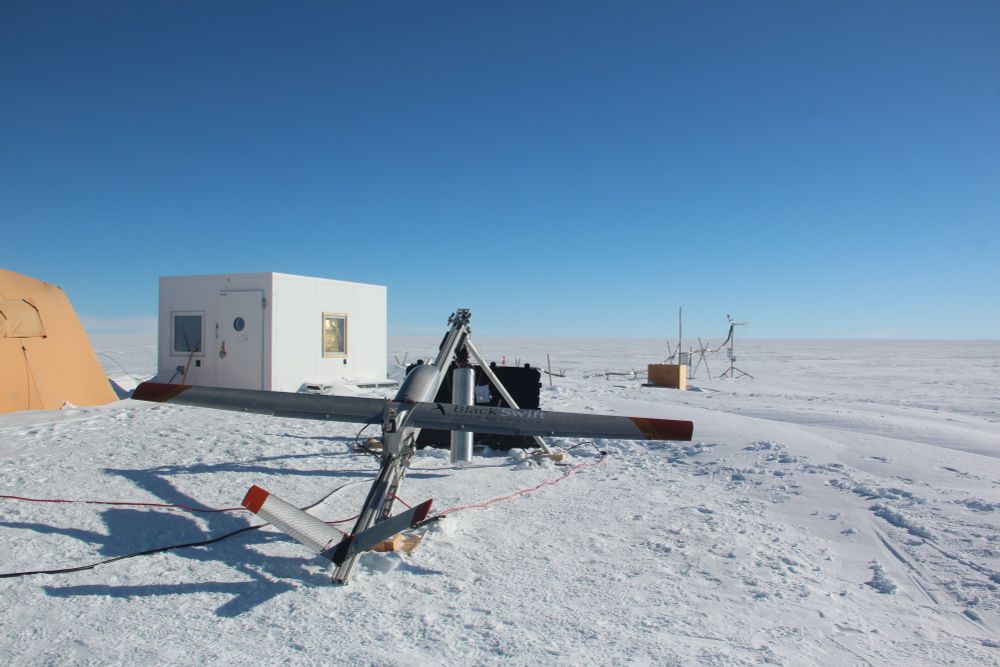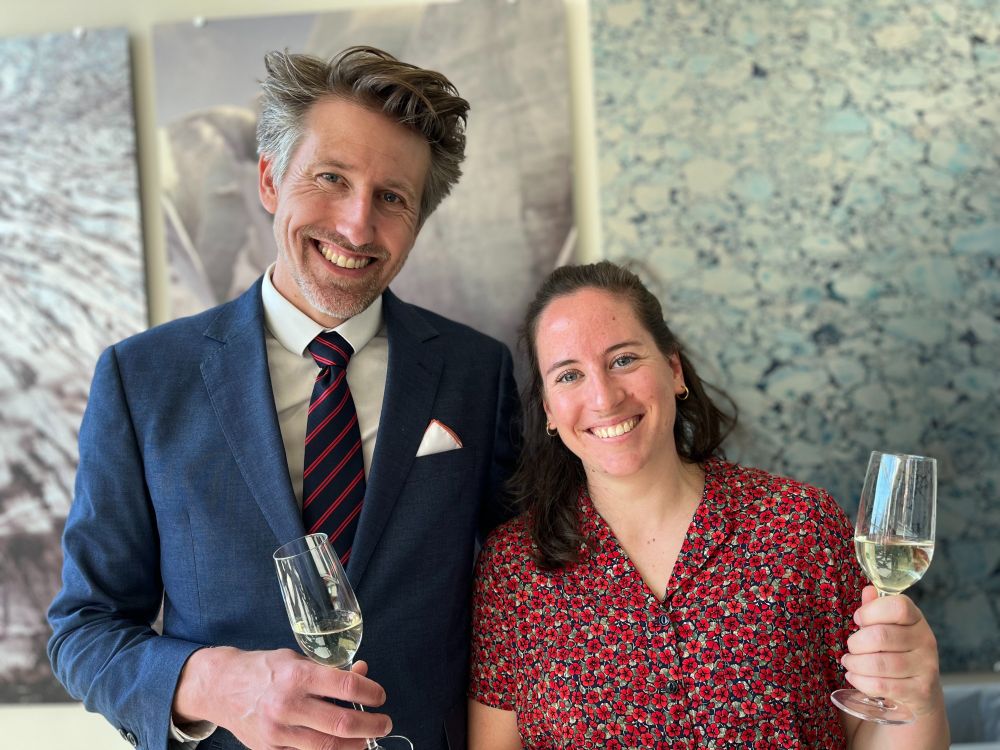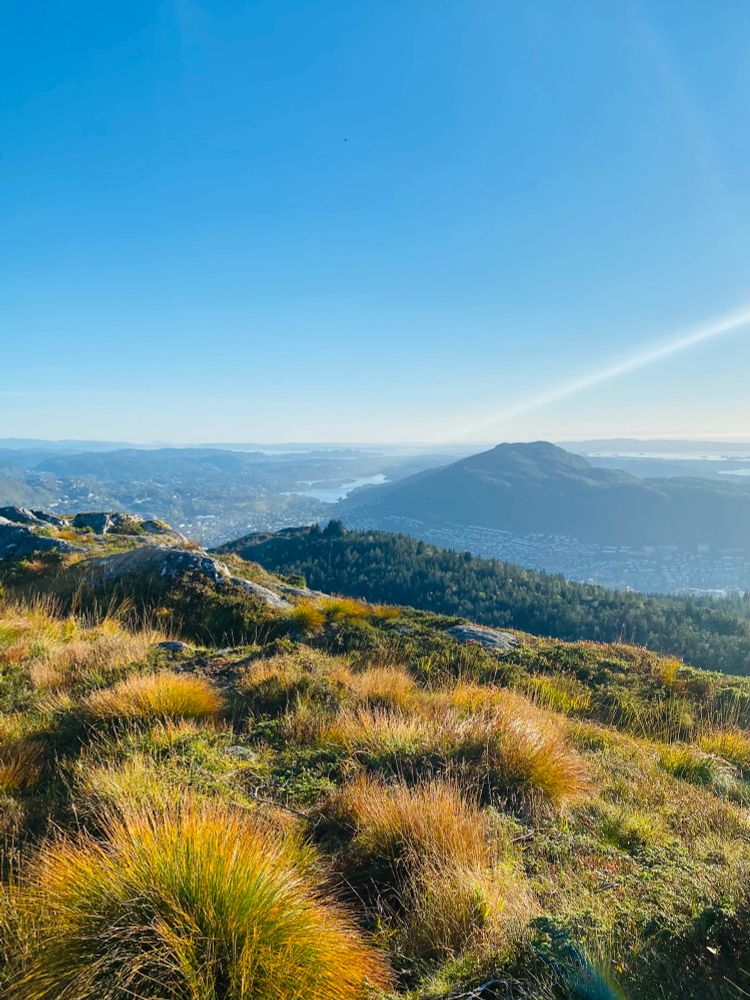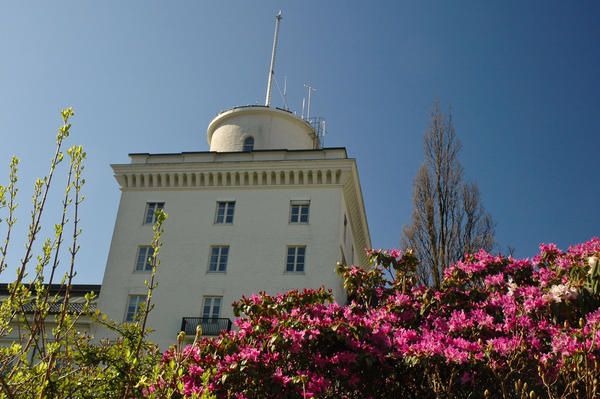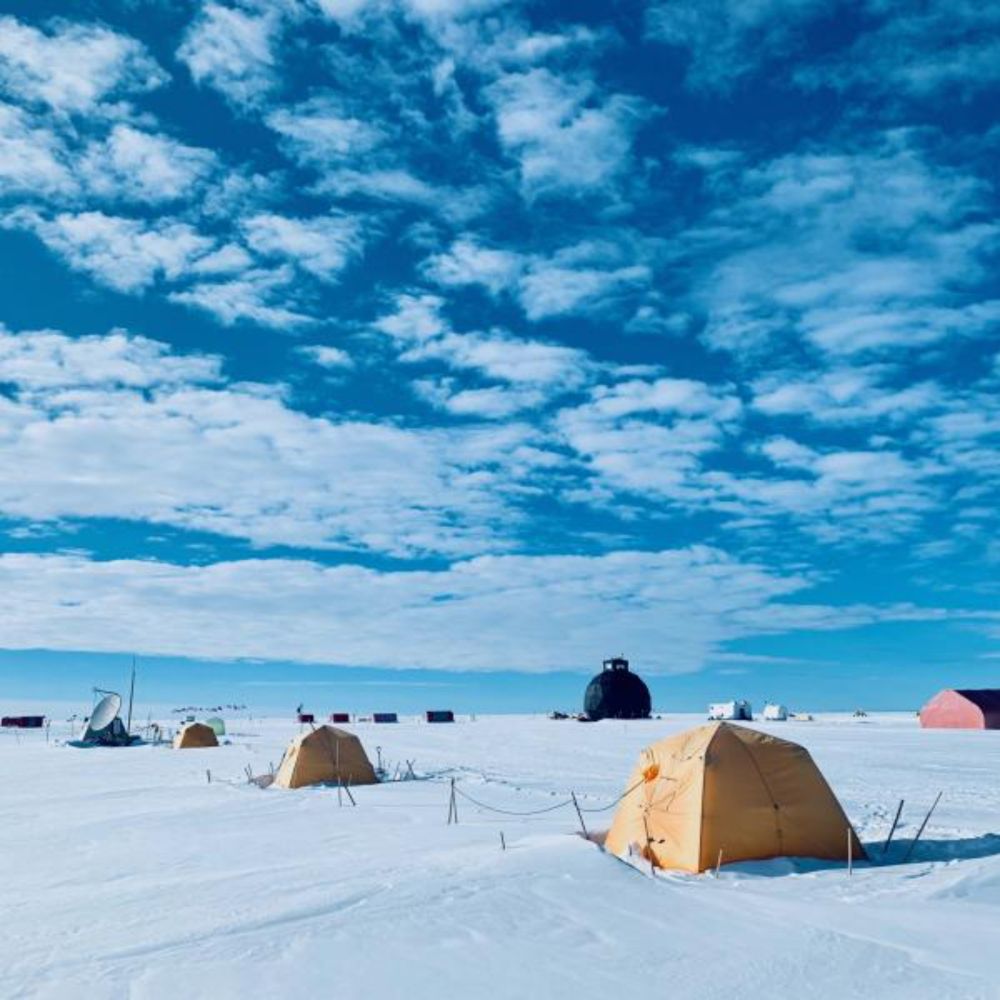Laura Dietrich
@lauradietrich.bsky.social
280 followers
200 following
37 posts
Postdoc on water isotopes, snow surfaces, ice cores, paleo-climate, Greenland Ice Sheet, modelling; at Geophysical Institute and Bjerknes Centre in Bergen, Norway.
Posts
Media
Videos
Starter Packs
Pinned
Reposted by Laura Dietrich
Reposted by Laura Dietrich
Reposted by Laura Dietrich
Reposted by Laura Dietrich
Gunnar Myhre
@gunnarmy.bsky.social
· Jun 12
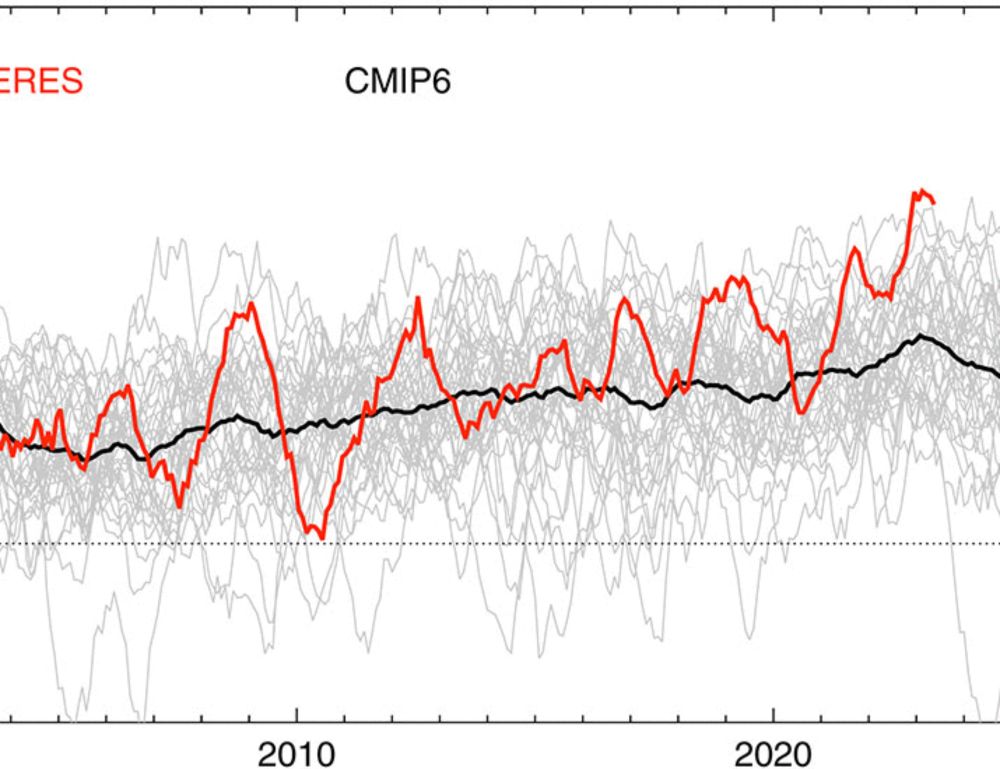
Observed trend in Earth energy imbalance may provide a constraint for low climate sensitivity models
Climate forcings by greenhouse gases and aerosols cause an imbalance at the top of the atmosphere between the net incoming solar radiation and outgoing longwave radiation from Earth. This Earth energy...
www.science.org
Reposted by Laura Dietrich
Julius Garbe
@juliusgarbe.github.io
· Jun 3

Scientists say next few years vital to securing the future of the West Antarctic Ice Sheet
03.06.2025 – Collapse of the West Antarctic Ice Sheet could be triggered with very little ocean warming above present-day, leading to a devastating four metres of global sea level rise to play out ove...
www.pik-potsdam.de
Reposted by Laura Dietrich
Reposted by Laura Dietrich
Reposted by Laura Dietrich
Reposted by Laura Dietrich
Reposted by Laura Dietrich
Reposted by Laura Dietrich
Laura Dietrich
@lauradietrich.bsky.social
· Mar 26

Nobina wants to use decommissioned electric bus batteries for second-life storage - electrive.com
Scandinavia's largest public transport operator Nobina has entered into a strategic partnership with the Munich-based company STABL Energy. The aim is to
shorturl.at
Laura Dietrich
@lauradietrich.bsky.social
· Mar 21
Laura Dietrich
@lauradietrich.bsky.social
· Mar 21
Laura Dietrich
@lauradietrich.bsky.social
· Mar 21
Laura Dietrich
@lauradietrich.bsky.social
· Mar 21
Laura Dietrich
@lauradietrich.bsky.social
· Mar 21

